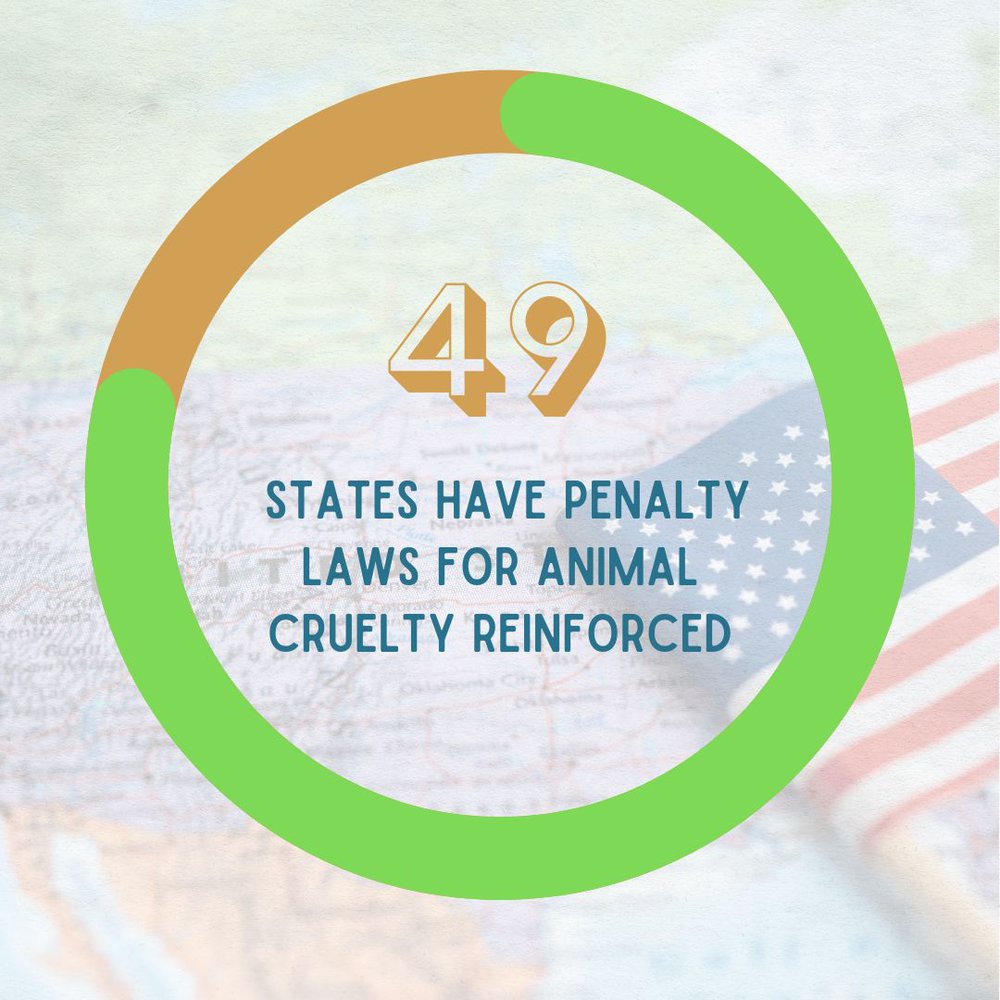In the heart of the American Midwest, where vast fields stretch under wide skies and the spirit of community thrives, another story quietly unfolds: the struggle for animal rights and the legal ramifications tied to the act of cruelty against these unsuspecting creatures. Indiana, a state known for its rich agricultural history and vibrant wildlife, grapples with a pressing issue—animal cruelty. It raises a fundamental question: Is animal cruelty a felony in Indiana? To explore this matter, one must delve into the statutes that govern animal welfare and the societal implications of their enforcement.
The Statutes of Animal Cruelty in Indiana take shape within the framework established by Indiana Code 35-46-3, expertly delineating what constitutes animal cruelty. While cruelty may seem an abstract term, the law codifies it as a concrete set of actions, methodically laying out behaviors that infringe upon the wellbeing of animals. This legal language serves both as a shield for the voiceless and a sword against malevolence.
Indiana’s approach to animal cruelty delineates several key offenses. These include acts of torture, mutilation, or failure to provide necessary care. For many, cruelty might conjure images of overt violence—punching, kicking, or abandoning animals. However, the law does not merely limit the definition to egregious acts; it encompasses negligence too. The failure to provide adequate food, water, or medical treatment, thus, finds itself captured within the folds of these statutes.
To understand the gravity of these laws, one must engage with the classifications of offenses they delineate. Animal cruelty is generally categorized into two distinct tiers. The first infraction falls under the definition of a Class A misdemeanor, typically assigned to acts that do not result in serious bodily injury to the animal. Such acts may include neglect or minor cases of abuse, where the animal’s life is not directly threatened but its welfare is compromised.
However, when the cruelty escalates—when an act results in severe bodily injury or death—the consequences shift dramatically. The law elevates this offense to a felony level, typically classified as a Level 6 felony. In this terrain, the stakes rise significantly. A Level 6 felony is subject to more severe penalties, including potential incarceration, heavy fines, and a lasting criminal record that can hinder future employment opportunities and personal freedom.
The evolution of animal cruelty laws in Indiana stems from a growing societal consciousness surrounding animal welfare. In recent years, many states have embraced more stringent measures to protect animals. As a reflection of this changing tide, Indiana has undertaken decisive efforts to enhance its legal response to cruelty. Legislative measures have been introduced and revised—an earnest reflection of community sentiment demanding justice for animals who cannot advocate for themselves.
The importance of these laws transcends mere punishment. They serve as a societal lens through which the values of compassion and empathy can be magnified. By establishing legal boundaries against cruelty, these statutes not only deter potential offenders but also educate the community about the responsibilities that accompany pet ownership and animal stewardship. They underscore the mantra that every sentient being deserves respect and humane treatment.
Moreover, animal cruelty laws in Indiana have broader implications. They intersect with issues such as domestic violence. Research indicates that perpetrators of domestic abuse may also exhibit cruelty towards pets. Thus, by fortifying the statutes against animal mistreatment, society inadvertently fortifies itself against cycles of violence and promotes a culture of compassion that resonates through households.
The enforcement of these laws, however, is often fraught with challenges. A veritable labyrinth of procedural hurdles can impede swift justice for animals. Law enforcement agencies sometimes lack the training needed to effectively intervene in animal cruelty cases. Furthermore, public awareness and willingness to report suspected abuse can be inconsistent. A whistleblower, be it a neighbor or a concerned citizen, can often be the first line of defense for animals in peril.
Community involvement is crucial in this battle against cruelty. Nonprofit organizations and humane societies in Indiana play a pivotal role in this ecosystem. They serve not only as rescue organizations but also as advocates, tirelessly working to promote laws and educate the public on responsible animal care. Their efforts illuminate the path toward a future where cruelty is not only condemned but eradicated.
In conclusion, the landscape of animal cruelty in Indiana is complex, infused with the nuances of law, community values, and the imperative for advocacy. While animal cruelty is indeed categorized as a felony under certain circumstances, the real test lies in the effective enforcement and cultural acceptance of these laws. Each instance of cruelty serves as a reminder—an unyielding call to society to strive for a world where every living creature is treated with dignity and compassion. A world where the laws reflect not just punitive measures, but a collective commitment to kindness beyond the confines of humanity.








